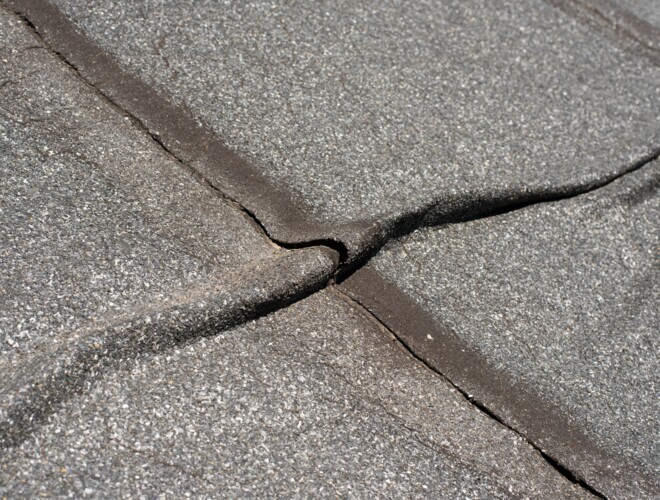
Author
Nigel Payne - Flat Roof Specialist
It's crucial to understand the various issues that can arise with flat roofs. One common problem that often crops up is blistering. Blistering not only affects the aesthetic appeal of the roof but can also lead to more serious issues if left unaddressed. In this post, we'll delve into the causes of blistering in flat roofing and explore potential solutions to mitigate this issue.
What is Blistering?
Before we dive into the causes, let's define what blistering actually is. Blistering refers to the formation of bubbles or raised areas on the surface of a flat roof. These bubbles can vary in size and severity and are typically filled with air, moisture, or a combination of both. While blistering may seem like a minor cosmetic concern, it can actually indicate underlying problems with the roof's integrity.
Causes of Blistering:
-
Moisture Accumulation: One of the primary culprits behind blistering is moisture accumulation within the roofing system. This moisture can enter through various means, such as leaks, inadequate drainage, or trapped condensation. When trapped beneath the roofing material, moisture can create pockets of air that eventually form blisters.
-
Poor Installation: Improper installation practices, such as inadequate adhesive application or insufficient drying time between layers, can also contribute to blistering. When layers of roofing materials are not properly bonded or allowed to cure, they become more susceptible to blister formation.
-
Temperature Fluctuations: Extreme temperature fluctuations, especially in regions with hot climates, can exacerbate blistering issues. As the roof expands and contracts with changes in temperature, it puts stress on the roofing materials, potentially causing them to separate and form blisters.
-
Substrate Issues: Problems with the underlying substrate, such as uneven surfaces or the presence of debris or contaminants, can create areas of weakness in the roofing system. These weak spots are more prone to blistering, especially under the weight and pressure of foot traffic or heavy equipment.
Solutions and Prevention:
-
Proper Ventilation: Adequate ventilation is essential for preventing moisture buildup within the roofing system. By ensuring proper airflow, you can reduce the risk of trapped moisture that leads to blister formation.
-
Quality Installation: Hiring experienced professionals to install flat roofing systems using proper techniques and high-quality materials is crucial for preventing blistering. Attention to detail during installation, such as ensuring proper adhesion and allowing sufficient drying time, can go a long way in preventing future issues.
-
Regular Maintenance: Implementing a regular maintenance schedule can help detect and address potential issues before they escalate. Inspecting the roof for signs of damage, leaks, or blistering and promptly addressing any issues can help prolong the life of the roofing system.
-
Proper Drainage: Ensuring adequate drainage systems are in place to channel water away from the roof's surface can help prevent moisture buildup and reduce the risk of blistering. Clearing debris from drains and gutters regularly is also essential for maintaining proper drainage.
Conclusion:
Blistering in flat roofing can be caused by a variety of factors, including moisture accumulation, poor installation practices, temperature fluctuations, and substrate issues. Understanding these causes and implementing preventive measures is key to minimizing the risk of blister formation and maintaining the integrity of flat roofing systems. By staying informed and proactive, we can ensure that flat roofs remain durable, reliable, and aesthetically pleasing for years to come.



